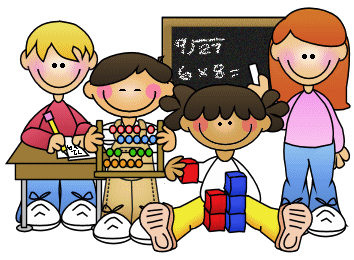The structure of all three PBLs shows the teachers role of a facilitator and the students role of researchers and investigators. This structure produces high expectations from both the teacher and student and both must work in collaboration in order to produce the final project/outcome. Although it produces high expectations, all and all this learning experience and incorporation of PBL in the classrooms increases students engagement in learning. As I mentioned above in all three classrooms the students are enthusiastic, engaged, and want to learn more, which poses their role of investigators and researchers on the specific PBL topic. Due to this students easily presented what they had learned and can reflect back to it as background knowledge in the future. This hands-on experience project is priceless and something they will always connect to.
Refrences
Armstrong, Sara.
(2002). Geometry Students Angle into Architecture Through
Project Learning. Edutopia. Retrieved
from: http://www.edutopia.org/geometry-real-world-students-architects.
Curtis, Diane. (2002).
March of the Monarchs:
Students Follow the Butterflies' Migration.
Edutopia. Retrieved from: http://www.edutopia.org/march-monarchs.
Curtis, Diane. (2001). More Fun Than a Barrel of Worms. Edutopia. Retrieved from: http://www.edutopia.org/more-fun-barrel-worms.


PBL as priceless — I like it, Sara! You identified some key traits of PBL: lots of prior planning, high student engagement, and students working more independently of the teacher while collaborating with classmates. The change of roles for teachers and students can make adoption of PBL problematic in some instances — even if the results are priceless.
ReplyDelete